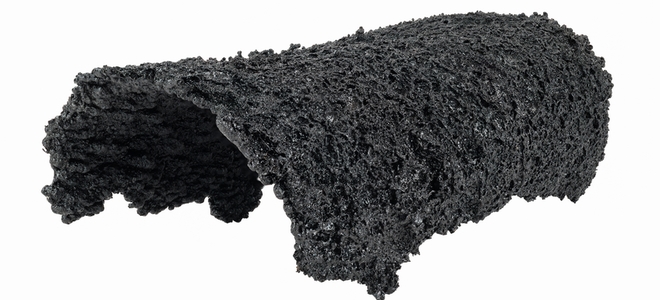On the surface modern day wood-burning/multifuel stove may seem fairly unchanged from years gone by. Under the surface it is a different matter. Stoves today are highly tuned, focused machines designed to work at optimal levels. However, there are a number of issues you need to monitor to maximise your stove output and minimise the build-up of creosote.
What is creosote?
Creosote is a naturally occurring material which is best described as a tar like substance. In a fully functional wood-burning stove the gases released from the wood will simply be directed into the flue pipe. However, if there is a build-up in the chimney, or the stove is not working as efficiently as it should, this can lead to reduced heat. This in turn prompts the gases created by burning wood to solidify in the chimney and stick to the flue. It is worth noting that creosote is flammable and highly corrosive.
What causes creosote?
In a perfect world the gases released during the wood-burning process would be hot enough to go straight through the flue pipe, up the chimney and into the atmosphere. On occasion we have seen restricted air supply or “poor draw” through the chimney which creates an unhelpful atmosphere. The temperature of the stove gases will fall, slowing their upwards trajectory and prompting them to solidify into creosote.

The most common reason for the emergence of creosote in a flue pipe is the use of unseasoned wood. All wood should have a minimum 20% moisture level to ensure minimal gases are released, leading to less creosote, allowing as much heat as possible to be created. Wet wood traditionally has a moisture level of between 60% and 90% which creates significant amounts of creosote when burned. In this scenario, not only will it require greater energy to dry the wood and burn it but wet wood releases significantly more gas than dry.
Is creosote dangerous?
As we touched on above, creosote is both flammable and corrosive and therefore not something you want stuck to the side of your flue pipe. In a best case scenario, the gradual build-up of creosote will eventually corrode the flue pipe which will need replacing. There in a worst-case scenario, heat from the wood-burning stove below can on occasion ignite particles of creosote creating a dangerous chimney fire. This is before we even begin to look at the impact on efficiency of your wood-burning stove.
Avoiding the build-up of creosote
There are a number of ways in which you can look to minimise the build-up of creosote which include:
• Using correctly seasoned wood with a moisture level of no more than 20%
• Ensuring airflow within the room is sufficient to maximise heat within your stove
• Monitor the draw in your chimney as this helps gases travel from your stove up through the flue/chimney and into the atmosphere
• Modern day stoves can have a primary, secondary and tertiary burning process which burns, re-burns and re-burns again any excess gases
It is also advisable to have your chimney checked out annually to ensure there are no blockages, no build-up of creosote and you are getting the best out of your wood-burning stove. This relatively inexpensive operation could literally save not only the replacement cost of a new flue but lives in the event of a chimney fire.
Stove maintenance
Preventing the build-up of potentially flammable/corrosive substances is just one reason why you should undertake annual maintenance of your stove and flue system. This not only reduces potential dangers but also ensures that your stove is working at maximum capacity for as long as possible. The efficiency of your stove will have a direct impact upon the cost of fuel.

There will also be occasions where the early detection of potentially compromised parts of your stove means they can be replaced very quickly. On occasion, one faulty/worn part can have a detrimental impact on other areas of the stove leading to significant repair bills. Maintained correctly the modern day wood-burning/multifuel stove is designed to last potentially decades. We know of old wood-burning stoves which have an age approaching 40 years and they are still pumping out the same amount of heat as when they were first acquired.

